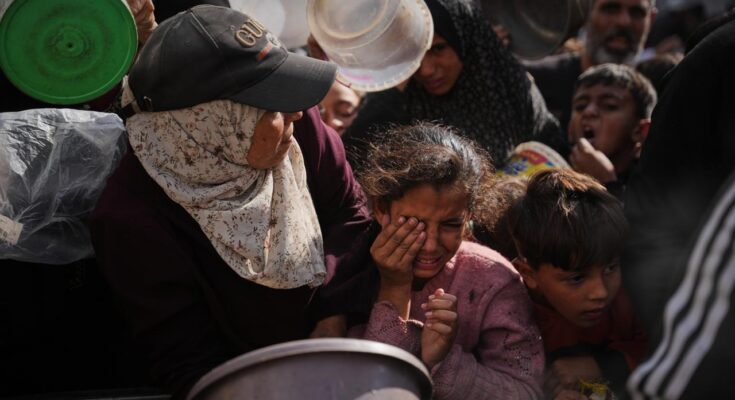Nearly one in five children in the world still live in extreme poverty. And the UN children’s fund, UNICEF, warns: If development aid continues to be reduced, this will have drastic consequences for many boys and girls.
More than 400 million children worldwide live in extreme poverty. This was announced by the UN children’s fund UNICEF. A new report on child poverty shows that nearly one in five children is affected. According to UNICEF, extreme poverty occurs when a child has to live on less than three US dollars a day (equivalent to about 2.60 euros).
Nearly 90 percent of affected children live in Sub-Saharan Africa and South Asia. This report also discusses what is called multidimensional poverty. This is often accompanied by financial poverty, but this is especially true when children experience serious deficiencies in one or more of the six important areas of education, health, housing, nutrition, sanitation and water. In middle- and low-income countries, approximately 417 million children are affected by at least two of these restrictions, and 17 million children are affected by four or more restrictions.
Tanzania and Bangladesh are making progress
According to UNICEF, there has been major progress in fighting global child poverty in recent years. The number of boys and girls living in extreme monetary poverty fell by nearly 19 percent from 2014 to 2024. The proportion of children in low- and middle-income countries living in at least one instance of extreme poverty fell from 51 percent in 2013 to 41 percent in 2023.
This is especially successful when governments prioritize children’s rights. The report cites Tanzania and Bangladesh as examples. In Tanzania, multidimensional poverty was reduced by 46 percentage points between 2000 and 2023, and in Bangladesh by 32 percentage points. This is achieved through government initiatives such as cash grants, which provide more independence for poor families and improve access to education, housing, water and electricity.
Unicef warned against cuts Development assistance
At the same time, UNICEF Executive Director Catherine Russell warned of setbacks caused by the current crisis, slowing economic growth and cuts to development aid funding in many countries. This last thing could cause the deaths of 4.5 million children under five in 2030. Each of these deaths is a tragedy for a family and a loss of human potential in society.
International development aid for education is expected to fall by almost a quarter by 2026, meaning another six million children are at risk of dropping out of school by the end of next year. This number is equivalent to the total number of elementary school students in Germany and Italy.
“Now is not the time to step back. This is the time to continue the hard-won progress children have made over the years,” Russell said. Governments and businesses must strengthen investment in essential services for children to ensure they are protected and have safe access to essential goods such as good nutrition, Russell said.
The children’s charity published its report “On the situation of children in the world” on World Children’s Rights Day on November 20.


